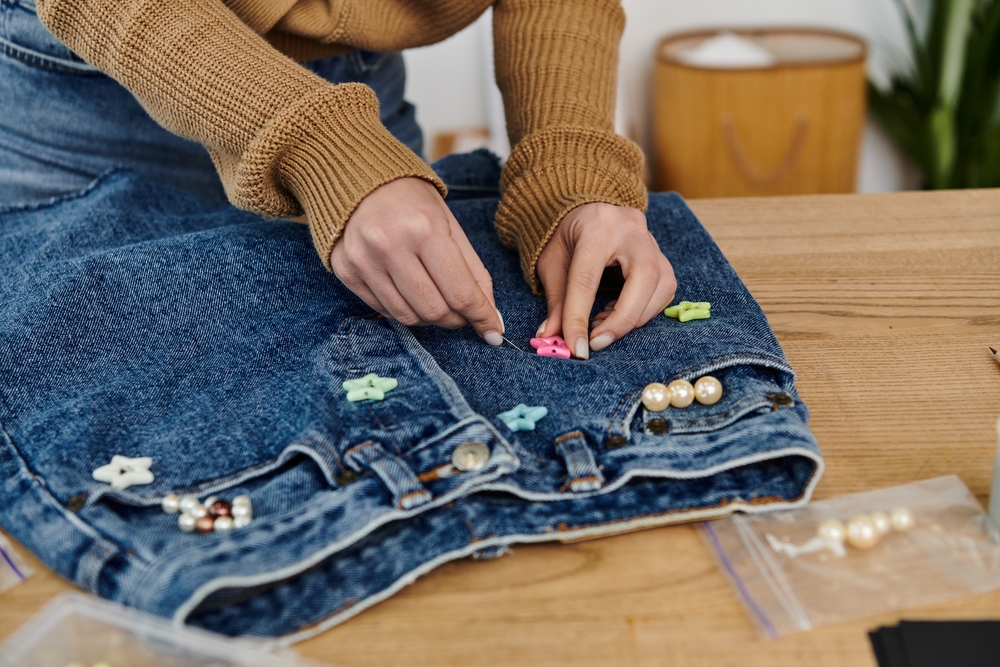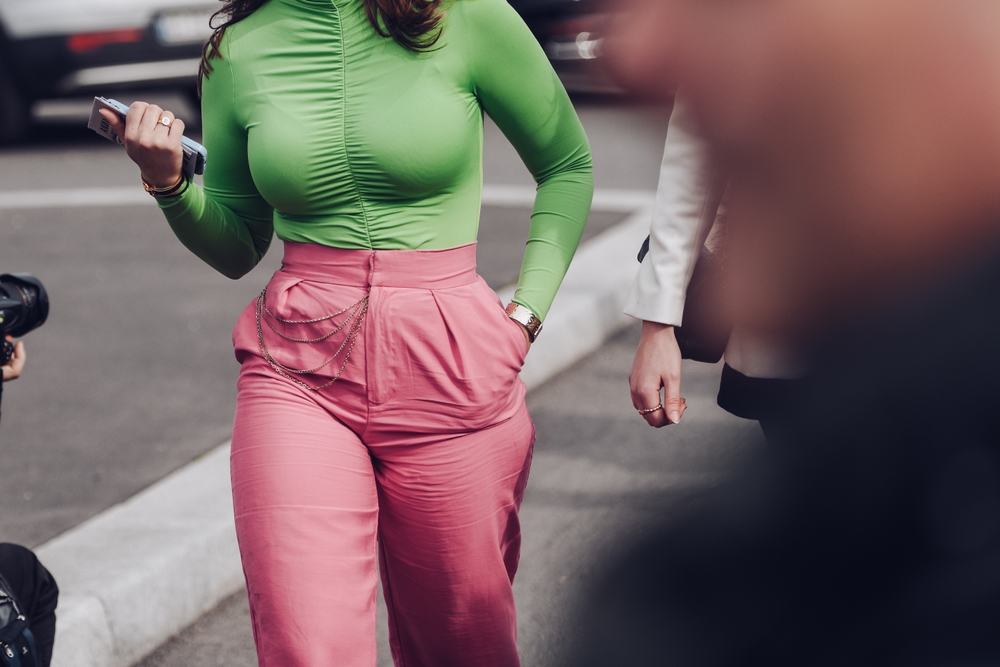Bunions are an annoying and painful business. Recognizable as bony bumps that form on the joint at the base of your big toe bunions can make walking and standing a daily challenge and let’s not get us started on finding the right footwear. While genetics are often the cause of their development, every day habits can exacerbate bunion conditions.
1. Bunions Are a Nasty Business
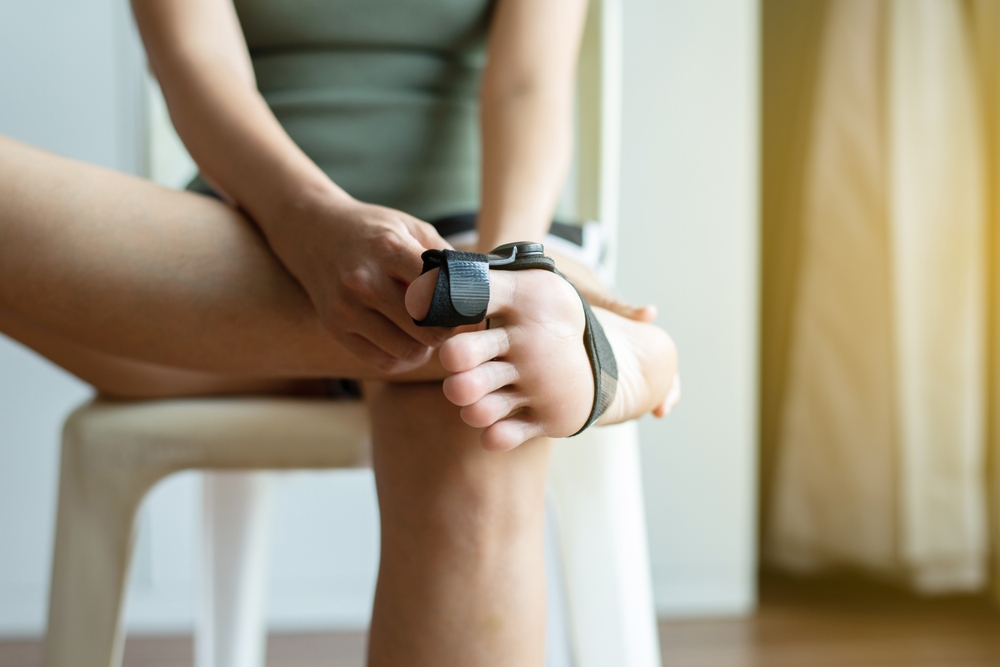
Bony bumps on the base of your big toe bunions form when the big toe joint sticks out because the bones in the front of the foot have moved out of alignment toward the other toes. Annoying, ugly, and painful developing bunions are usually down to genetics but the condition also occurs when your poor feet are subjected to repetitive pressure and stress. Having bunions can make standing and walking a daily challenge and let’s not get started on what shoes to wear.
2. Beware Tight Shoes
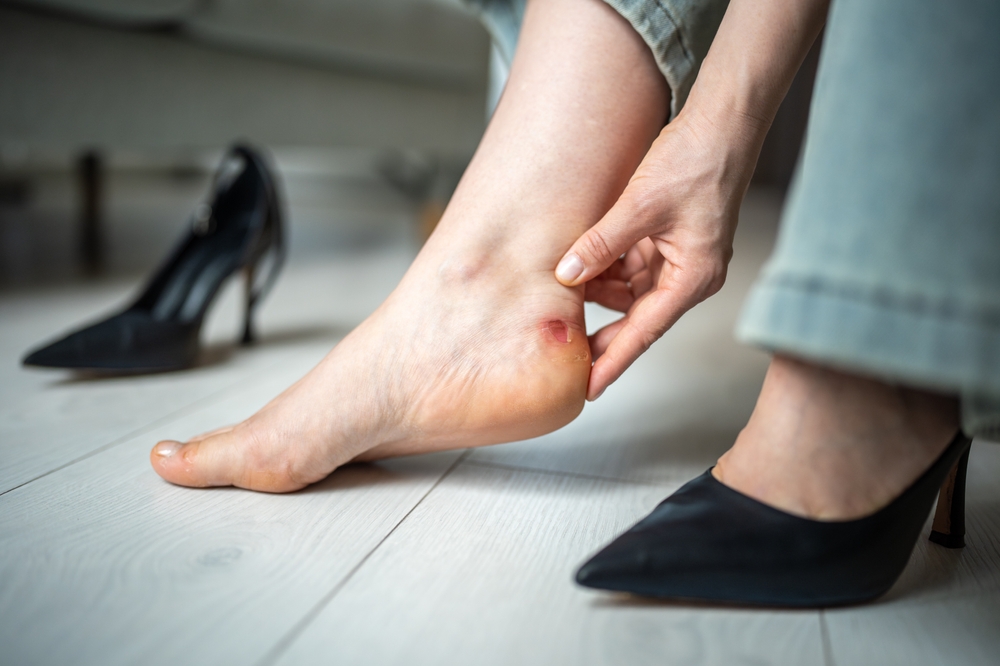
Wearing shoes that are too tight is a surefire way to aggravate bunions. If your toes squeeze together while wearing shoes this forces the big toe inward, worsening pain and misalignment.
3. High Heel Warning
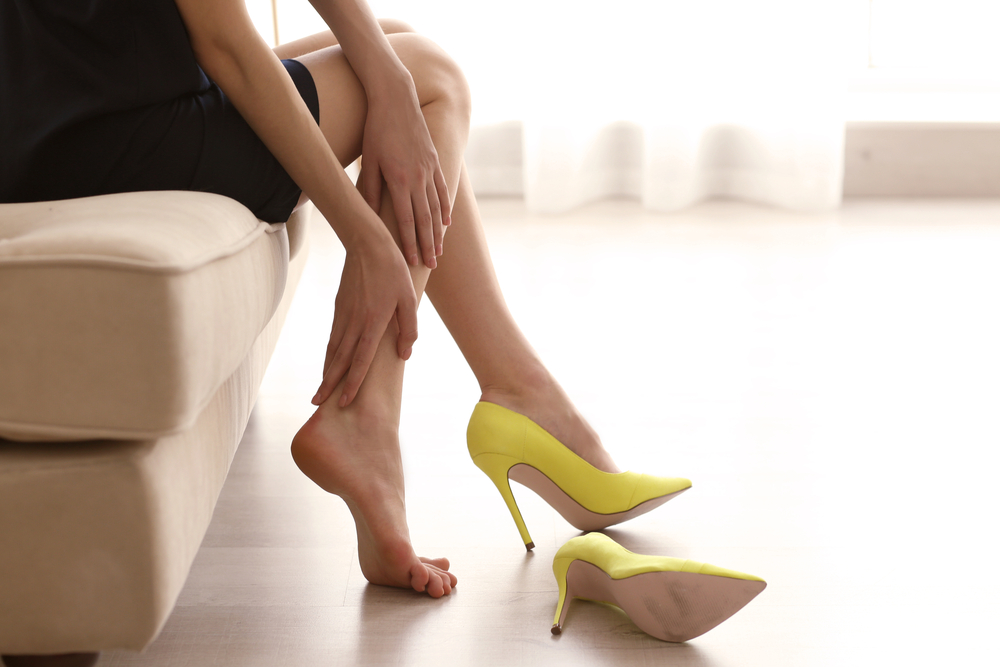
Sky-high heels are uncomfortable at the best of times but when you have bunions things go from bad to worse. Stilettos push your body weight onto the balls of your feet, increasing pressure on your toes and bunions increasing the pain factor.
4. Don’t Ignore the Pain
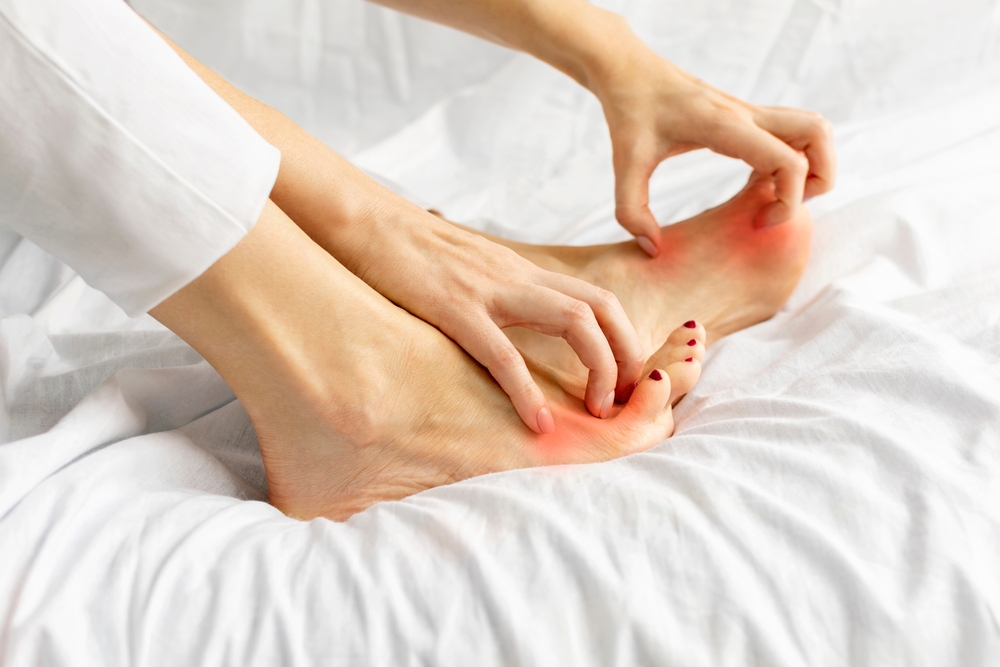
If your bunions are causing you pain take it as a warning sign to take a load off or seek medical treatment. Ignoring the pain associated with bunions can lead to more severe problems including permanent joint damage.
5. Making Shoe Mistakes
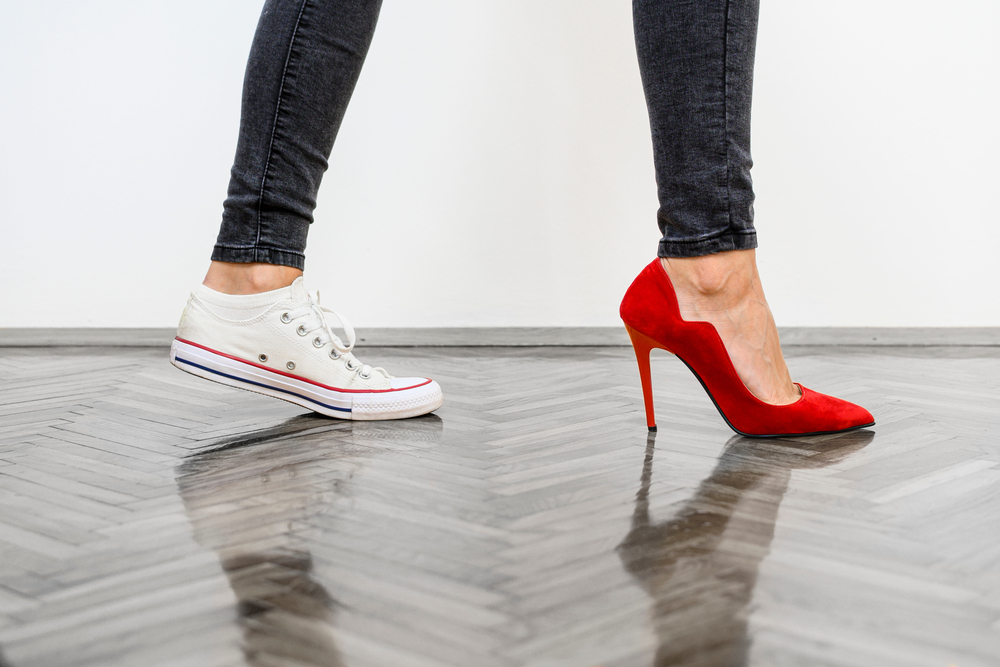
When you have bunions the shoes you wear should be your highest concern. Don’t go for style over comfort as anything too narrow, tight, high, or uncomfortable can cause friction and put unnecessary pressure on the bunion. Overly flat and worn-out shoes won’t give you enough arch or cushion support which can exacerbate bunion pain and shoes with a narrow toe box will squeeze your toes together worsening pain and progression.
6. Add Supportive Insoles to Shoes
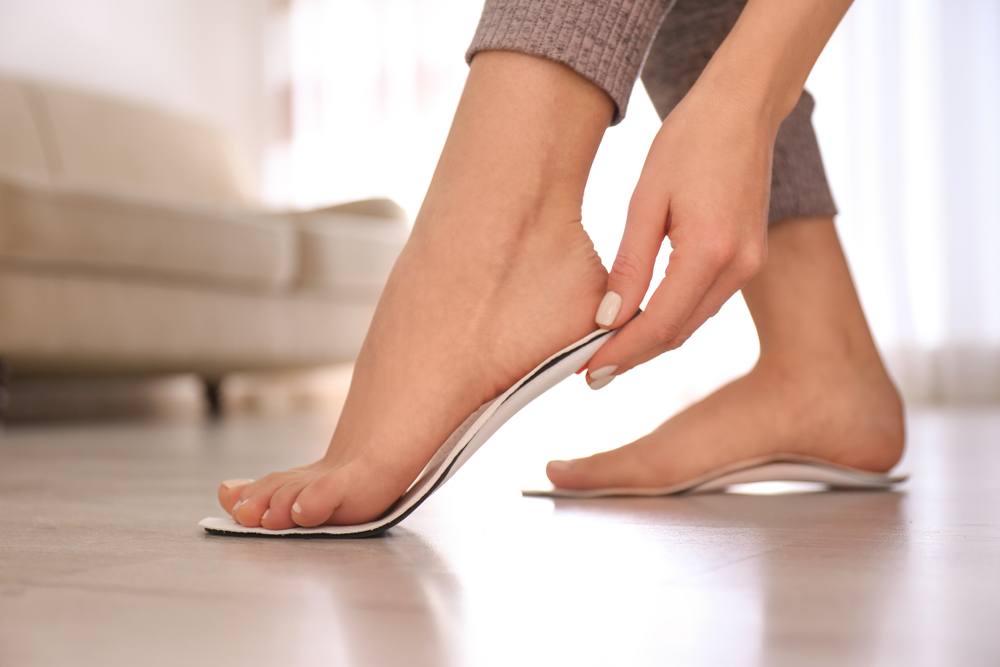
Add insoles to your shoes to give your toes and feet the extra support and cushioning they need. Insoles also help to evenly distribute weight and pressure across the foot bringing much-welcomed relief.
7. Make Friends with Bunion Pads
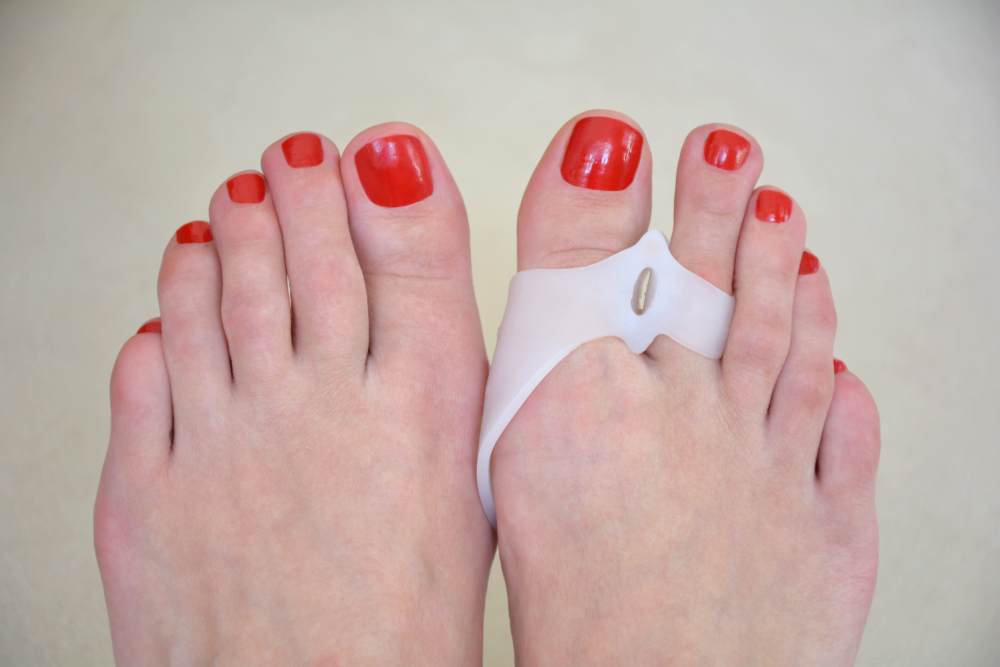
Bunion pads will be your new best friend when it comes to getting dressed and putting your shoes on. They work to reduce pressure and friction on the bunion, providing pain relief and preventing the condition from getting worse.
8. Stretch and Exercising Your Feet
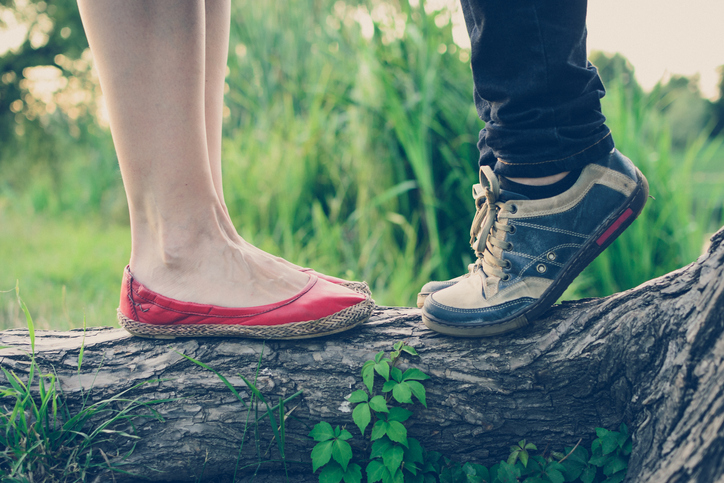
Foot exercises are important when you have bunions. Stretching your feet and toes can strengthen muscles around the bunion, promote and maintain flexibility, alleviate pain, and slow the progression of bunions.
9. Stop Standing So Long

One of the worst things you can do when you have bunions is stand for prolonged periods. Standing subjects your feet to constant pressure which aggravates bunions big time.
10. Put Your Feet Up
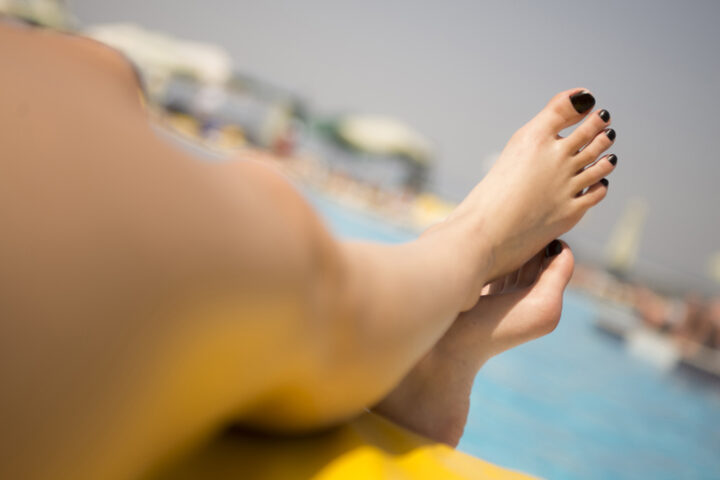
Our poor feet carry us and our entire body weight everywhere so give them a break. Put your feet up (literally elevate them), treat them to a foot spa, rest, and relax to help reduce inflammation and the pain associated with bunions.
11. Watch Your Weight

Given your feet have to bear the load of your entire body, it’s important to maintain a healthy weight. If you are overweight or obese this puts extra pressure on your feet accelerating bunion formation and increasing pain.
12. Bad Posture Habits
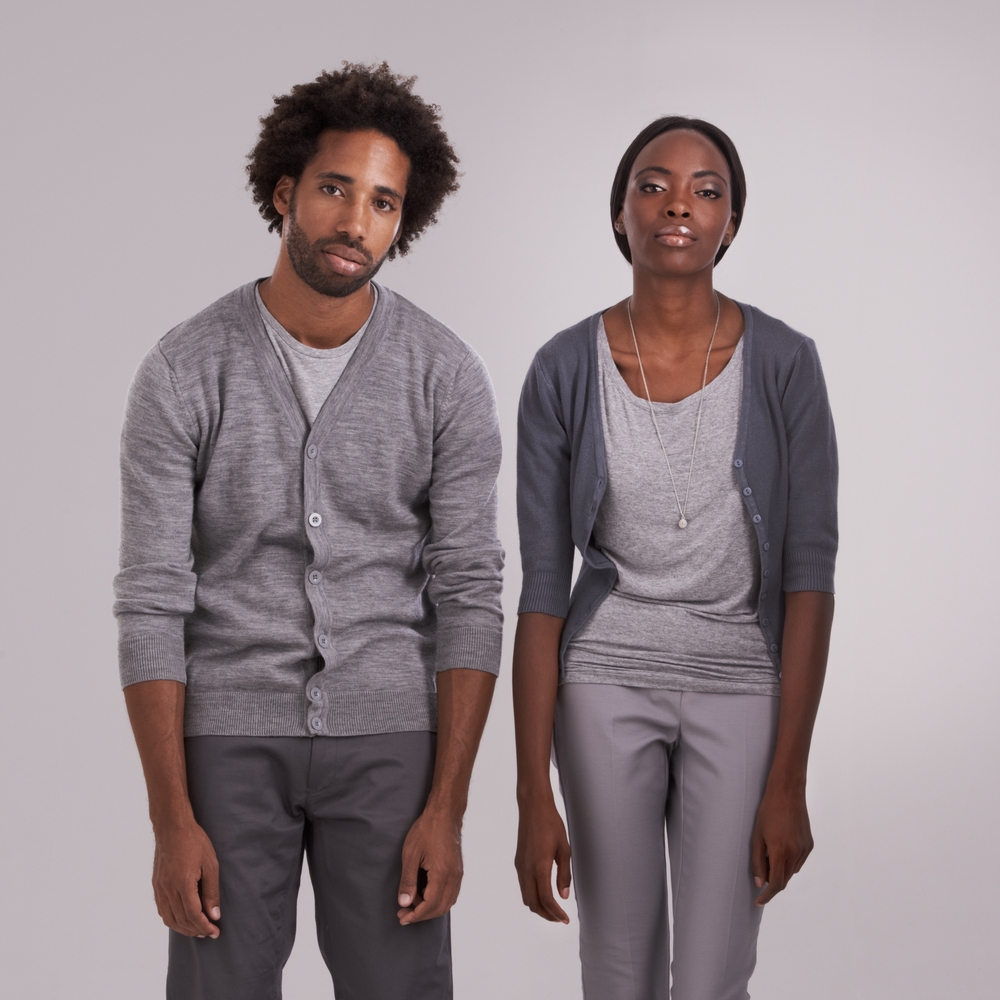
It’s important to maintain good posture for your body, bones, and overall health. Bad postures like hunching and slouching can change the distribution of weight putting extra stress and pressure on your feet and bunions.
13. Going Barefoot

Finding the right pair of shoes can be tricky when you have bunions but the answer isn’t to wear no shoes. Walking barefoot on hard surfaces like concrete, tiles, and sand provides no shock absorption which increases the stress and pressure on your feet and bunions.
14. Neglecting Your Poor Feet
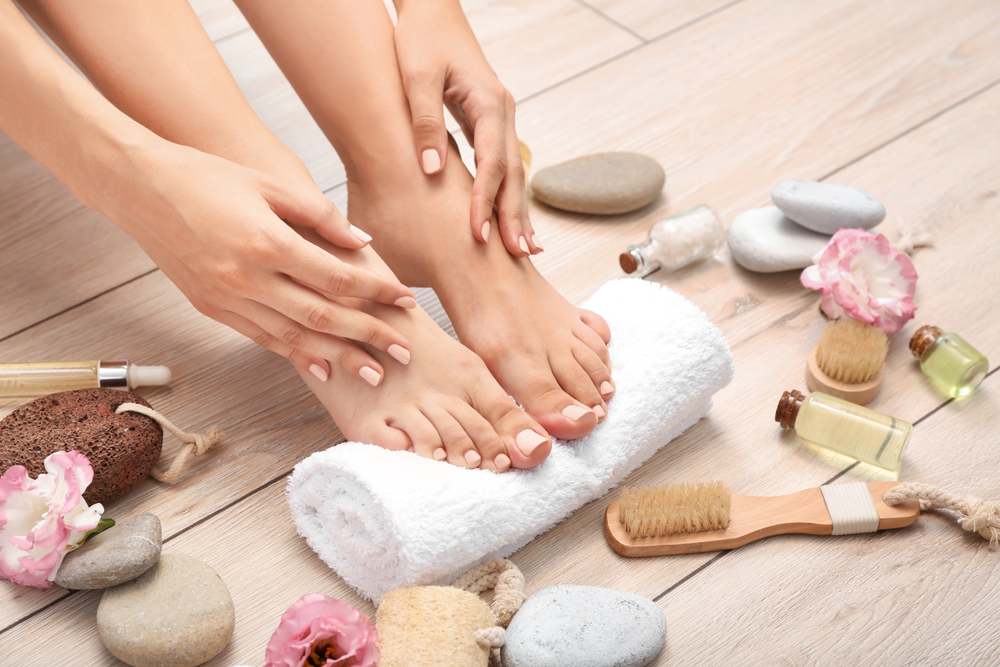
Don’t neglect your foot hygiene as this can lead to fungal infections that complicate bunion issues. Dry your feet thoroughly especially between your toes after showering and apply a foot moisturizer or balm to your feet and soles otherwise the skin can become dry and cracked, adding more issues and pain.
15. Get Professional Help
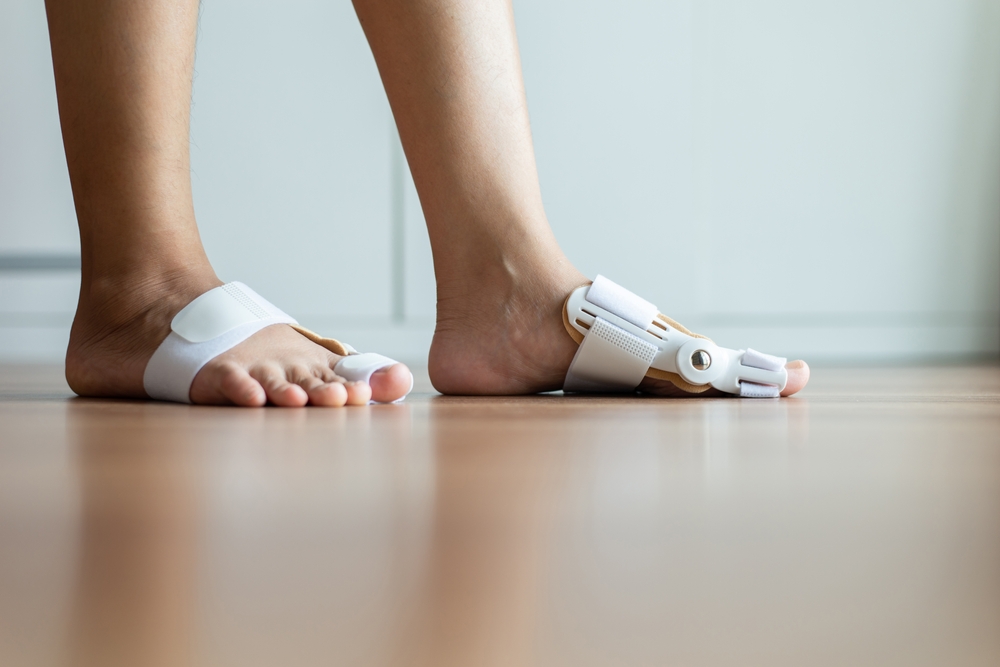
See a podiatrist (a specialist foot doctor) if you have bunions as they are best placed to advise on managing bunion pain and ways to prevent them from becoming worse. Always follow orthotic recommendations for treatment like custom orthotics as bunions can only be removed by surgery which in severe cases is the best option to alleviate pain and avoid further complications.

